
SHORT SIGHTEDNESS (MYOPIA)
This person is unable to see objects at distance. They generally have good reading / near vision. Light refracted by the eye focuses before it gets to the retina
Myopia is as a result of an eyeball that is too long for the optical focus of that eye or the focus power of the eye is too strong for the length of the eyeball.

LONG SIGHTEDNESS (HYPEROPIA)
These patients generally have more difficulty with reading. The difficulty tends to be more of a discomfort and strain issue rather than not being able to see. As the length of the eye is shorter than the focal length of the eye, the light focuses “behind” the retina. The hyperopic patient has to be in a continuous state of focus in order to get this focal point on the retina. It’s this continuous focus that causes the eyes to feel strained.

RUGBY BALL EYE (ASTIGMATISM)
The vision quality is not “tuned-in” – so although the person is able to see objects, the detail of the objects is lost.
This is usually described as an eye whose corneal shape is oval or like that of a rugby ball. Light entering the eye is not focused at a single pin point, but rather in a general “un-focus”.
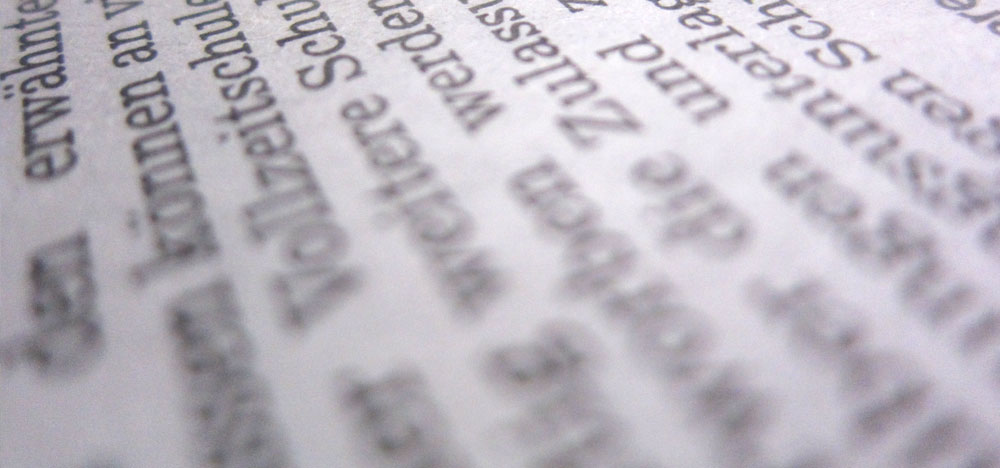
OLD EYE” (PRESBYOPIA)
These patients are generally over the age of 40 and they are experiencing difficulty with reading. (Their arms are not long enough). The crystalline lens in their eye is slowly losing ability to flex and focus. The ability to accommodate (focus) becomes more difficult and reading lenses / additions are required to compensate for this loss in reading vision.
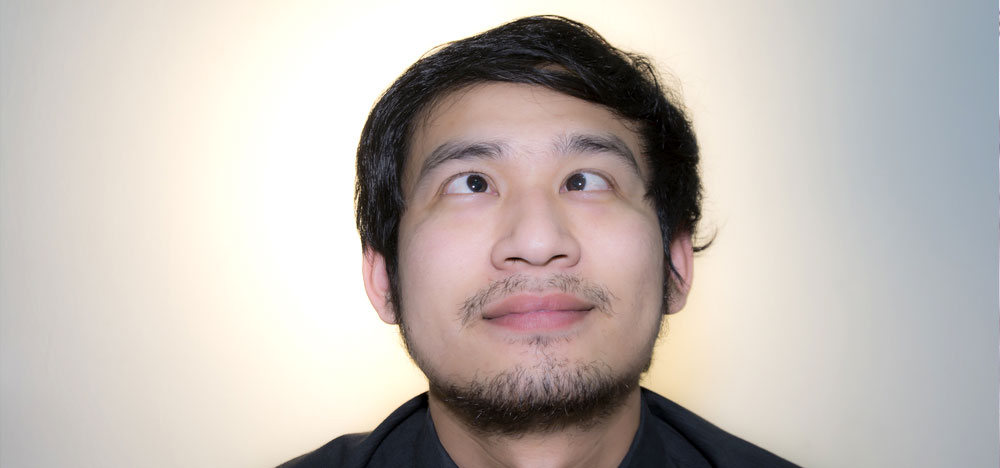
SQUINTS
On occasion, the muscle(s) of one of the eyes are under-developed / restricted / controlled by the focusing mechanism thereby causing an in-balance in the alignment of the two eyes. The one eye will be turned inwards (eso-), outwards (exo-), upwards (hyper-) or downwards (hypo-). Stereo vision (3D vision) is not possible because the eyes are not working together. The vision quality of that eye may be affected, depending on how early the squint developed and how consistent the squint is.
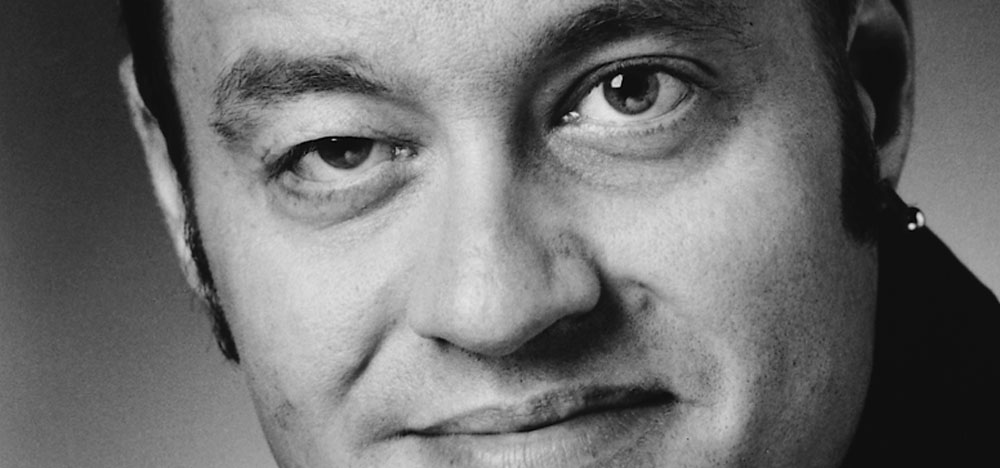
LAZY EYE (AMBLYOPIA)
An eye that is “starved” of stimulation and therefore reduced in corrected vision quality is known as a “lazy eye” or more correctly as an amblyopic eye. This “starvation” can be due to an ocular health disorder during infancy, an uncorrected (far sighted) prescription or a squint eye. If this eye is stimulated with therapy and exercises before a certain age, a certain amount of the visual acuity can be regained.
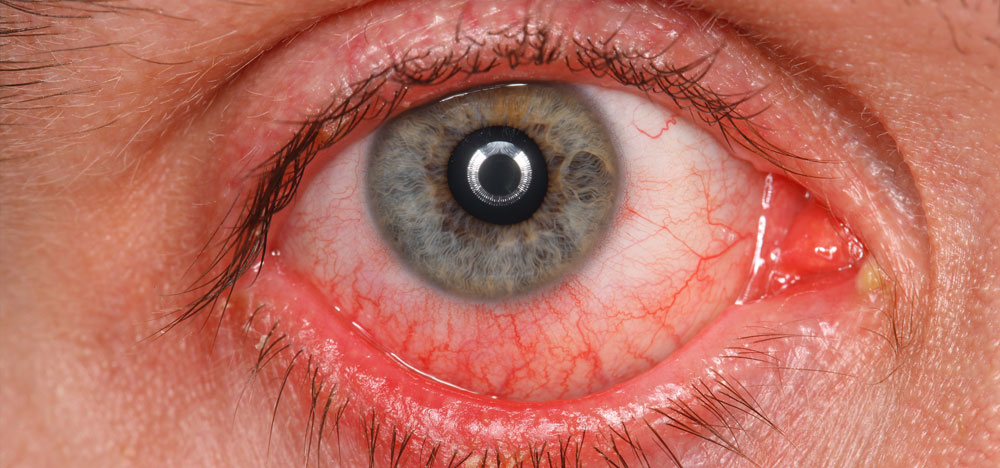
PINK EYE (CONJUNCTIVITIS)
Pink eye infections are picked up from many sources and may present in three ways:
- Bacterial conjunctivitis– typical symptoms include a yellow pus discharge. It is extremely contagious so caution is required. Anti-biotic eye drops or anti-biotic ointment is required to aid the resolution of the infection.
- Viral conjunctivitis– this is usually associated with a systemic viral attack. The most common symptoms are watery, red eyes. This infection will generally resolve itself, but may require anti-biotic drops / ointment to prevent secondary bacterial infection.
- Allergic conjunctivitis – seasonal or environmental allergies can cause this type of conjunctivitis. Eyes are typically itchy with a mucous (strand) discharge. The conjunctiva is often swollen. Anti-histamine drops (short term or long term) help relieve the symptoms and reduce the allergy process.
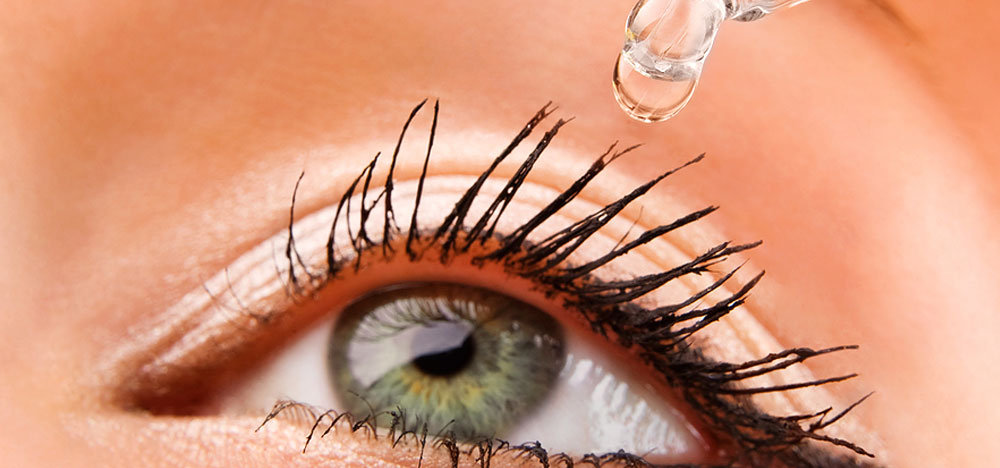
DRY EYE (TEAR DYSFUNCTION SYNDROME)
Dry eyes occur when not enough tears are being produced or the quality of the tears is compromised. Depending on the severity of the problem and its symptoms, supplement tear drops generally alleviate the problem. Air conditioning, contact lenses, medication and environmental factors can have a detrimental effect on the tears.
